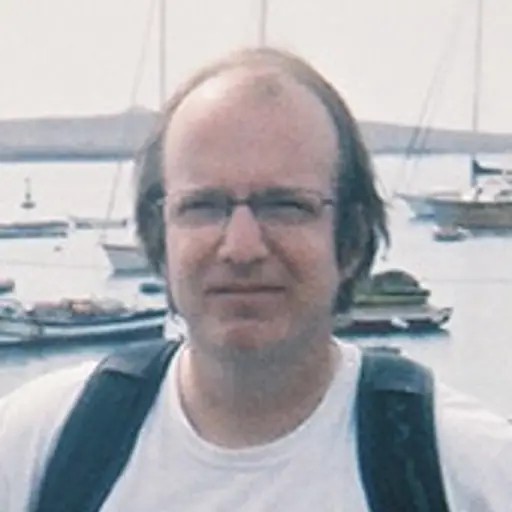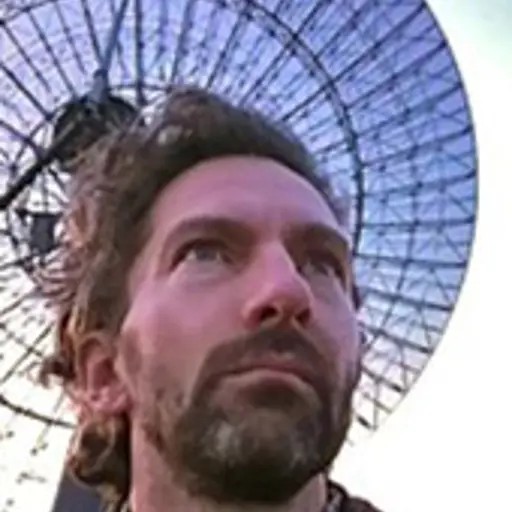
The Swedish LOFAR (Low Frequency Array) station is located at Onsala Space Observatory. It is one of 14 LOFAR stations in Europe complementing the thirty eight stations concentrated in the north-east of the Netherlands. The LOFAR project is lead by Astron in the Netherlands.
The LOFAR station consists of 192 simple antennas for frequencies below 250 MHz, distributed over an area about 100 m x 200 m. The antennas are of two types: the Low Band Antenna (LBA) elements for 10–80 MHz, and the High Band Antenna (HBA) tiles for 120–240 MHz. The antennas are connected together to form an array which can be used as a single radio telescope. But most of the time, signals from the Onsala station are transferred by fibre link to a central processor, where they are digitally combined with signals from the other LOFAR stations in Europe. Most of them are in the Netherlands where also the central processor, and Astron which leads the project, is located. In this way, a large radio telescope is synthesized. The Onsala station increases LOFAR:s angular resolution considerably. Together with the stations in Germany, France, the United Kingdom, Poland, Ireland and Latvia, the even geographical distribution of stations ensures that LOFAR’s images will be even as well as sharp.
LOFAR observes the Universe at long wavelengths with high resolution, something which has previously not been done. It is used, for example, to study the "epoch of reionisation" when the first stars and black holes made the Universe hot, probe the extreme astrophysical environments that lead to transient bright bursts in the radio sky, and search for the origin of the large-scale magnetic fields that pervade the universe.
The LOFAR station in Onsala was inaugurated on 26 September 2011.
Science case for LOFAR 2.0 (LOFAR’s ongoing upgrade 2025/2026): LOFAR2_0_White_Paper-11.pdf (draft).

